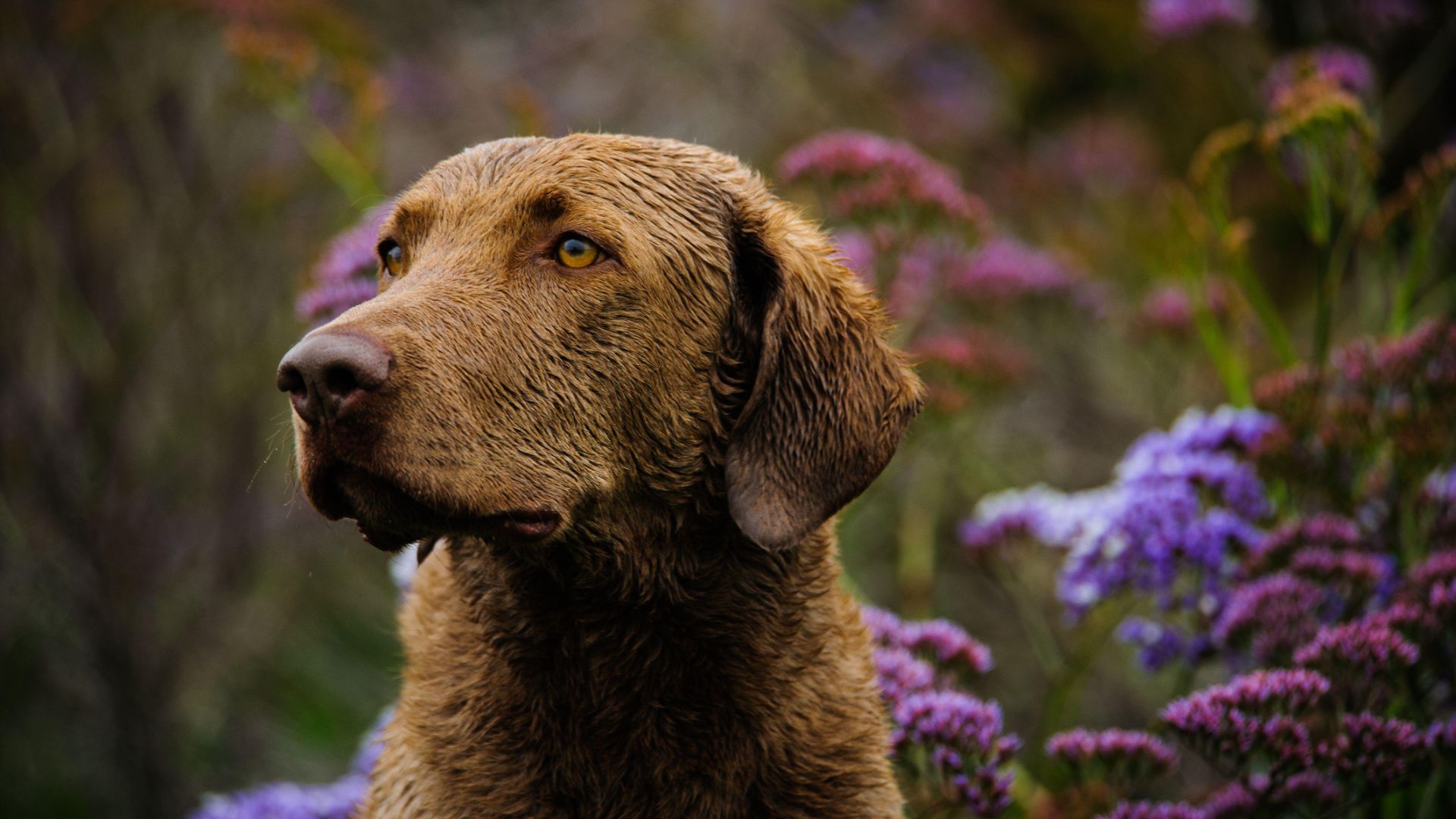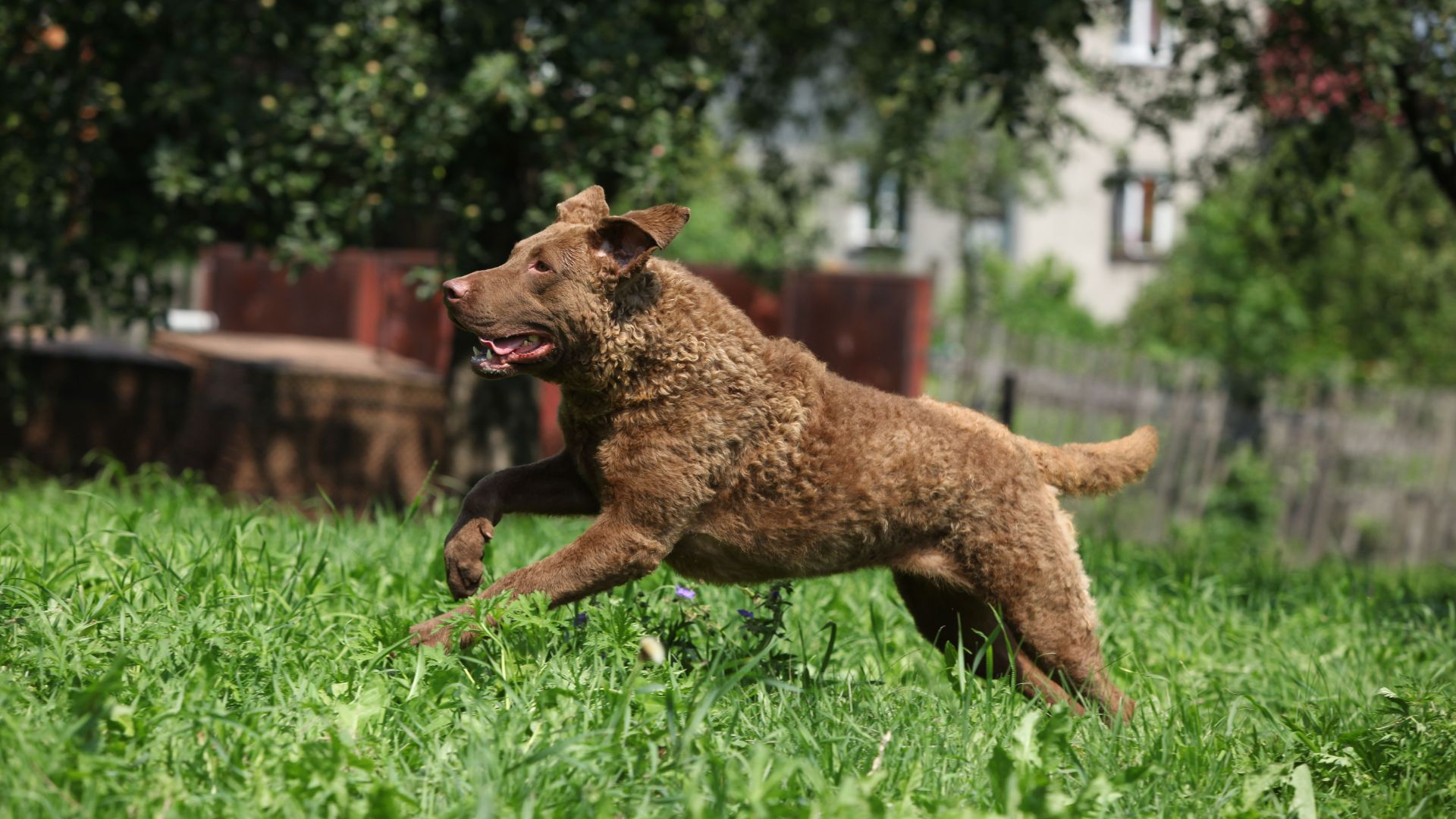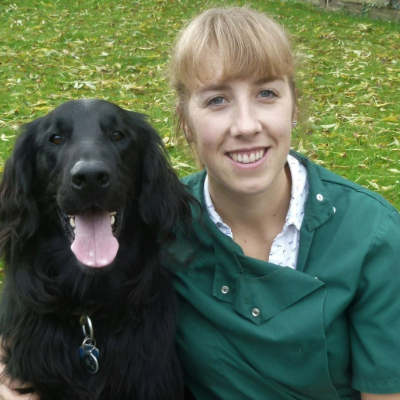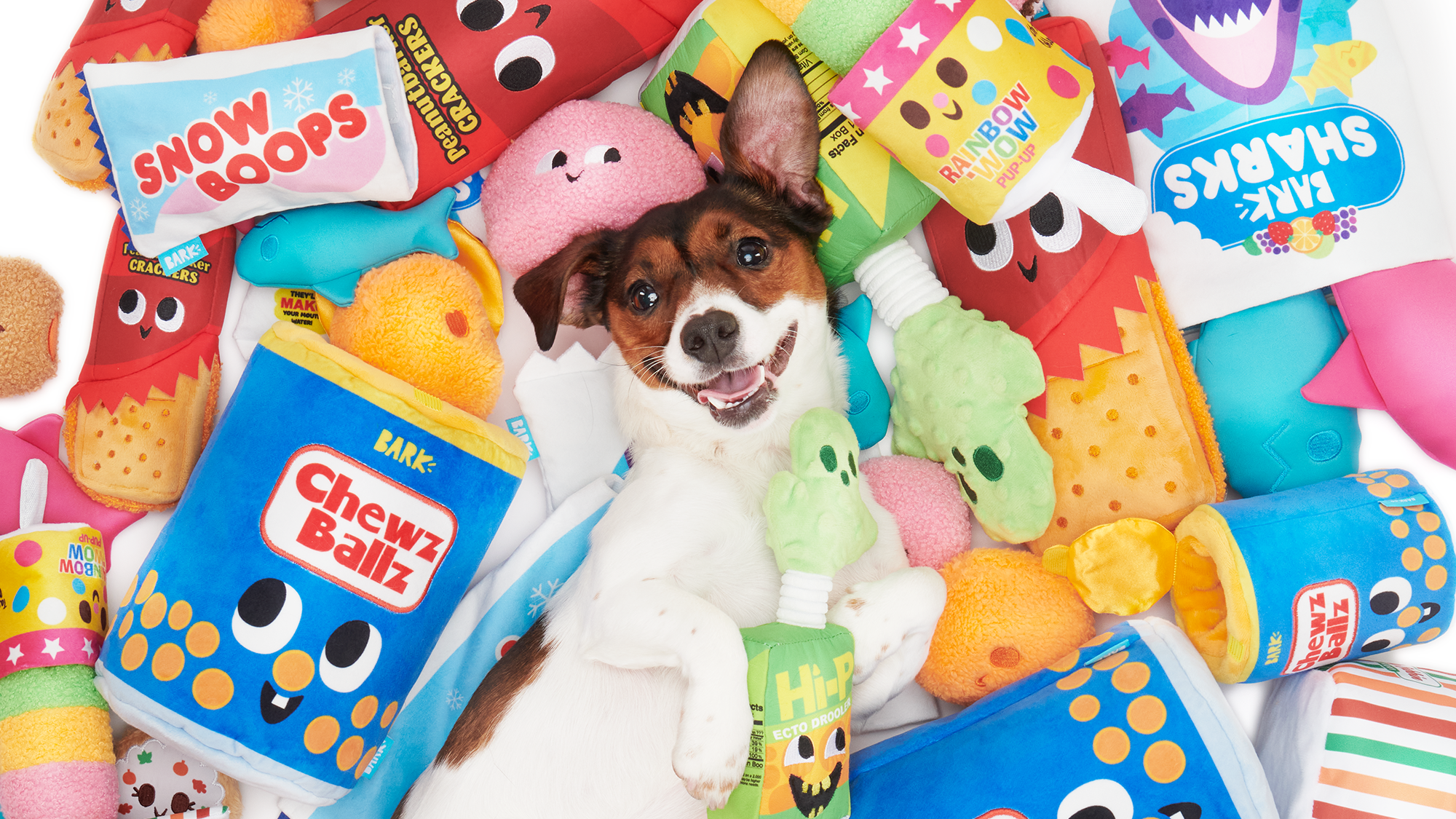Chesapeake Bay Retrievers are the ride-or-die companions with a serious work ethic
They’re super-smart and devoted family members, but are Chesapeake Bay Retrievers the right fit for you?


Life expectancy: 10–13 years
Size: 23–26 inches (male); 21–24 inches (female)
Coat: short, double-layered
Temperament: bright, protective, sensitive, energetic, loyal, hardworking
Exercise needs: at least two hours a day
Origin: USA
The Chesapeake Bay Retriever – or Chessie to those in the know – hails from the USA, developed in the Chesapeake Bay area in the 19th century. They’re closely related to Labrador Retrievers, with Newfoundland blood added to make them the ultimate waterfowl retrievers.
They’re famed for their oily, curly waterproof coat, which originally gave them protection when swimming in the icy waters of the Atlantic. Their coat is also unique among retriever breeds for its colour – a chocolate-brown, sedge colour that was ideal for camouflage when being used as a gundog.
These intelligent American dogs have a bright and happy disposition with an affectionate nature, which has led to their rise in popularity as a family companion. Their devoted nature can, however, lead to some protective tendencies and they can often be strong-willed, so it’s important they’re trained and socialized properly from an early age.
Lets take a closer look at these super-smart, hardworking water dogs, with expert advice from Dr Rebecca MacMillan.
Are Chesapeake Bay Retrievers good family dogs?
Although Chessies look similar to Labradors, they are more emotionally complex than most other retriever breeds. They have strong personalities, so they thrive in an active home with a confident owner they can look up to.
If they have been trained and socialized correctly from a young age, they are loyal and devoted family members.
“Like many retriever breeds, the Chesapeake Bay Retriever can make a great family pet,” agrees Dr MacMillan. “These dogs are patient, loyal and affectionate, as long as they have received the right positive socialization and training.”
Get the best advice, tips and top tech for your beloved Pets
Are Chesapeake Bay Retrievers hypoallergenic?
No, Chessies aren’t a hypoallergenic dog breed. Their short coat is made up of two layers – a short, soft undercoat and a wiry outer coat. They do shed, but a weekly brush should help keep excess dead hair to a minimum.
They shouldn’t be washed too regularly, as soaps and shampoos can break down the oils that protect their coat.

Are Chesapeake Bay Retrievers aggressive?
“These dogs are not known for aggression, but they can be aloof with strangers,” explains Dr MacMillan. This aloof, protective nature can sometimes be misunderstood as aggression by those without knowledge of the breed.
“Early socialization is important to ensure they are adaptable to new people and situations,” adds Dr MacMillan.
Chesapeake Bay Retrievers can be wary and stand-offish with other dogs, and these traits can manifest themselves as combative or dominant behaviour if this early training is not carried out correctly.
Training classes with instructors who have specific experience with Chessies are a good way to help prevent any undesirable behaviour.
Are Chesapeake Bay Retrievers good guard dogs?
Chessies make excellent watchdogs; they bark when necessary and can be highly protective of their property.
“They are protective of their families and home, which may give rise to guarding tendencies,” confirms Dr MacMillan.
Are Chesapeake Bay Retrievers easy to train?
Early obedience training is a real necessity with Chesapeake Bay Retrievers. This will help ensure they develop into a well-mannered companion.
“Chesapeake Bay Retrievers are intelligent and trainable, but they can be stubborn compared to other retriever breeds,” explains Dr MacMillan. “They will require a consistent, positive and patient approach from their owner.”
This super-smart breed is quick to learn, and they really benefit from short, regular training sessions alongside playtime to get the best out of them. They require a confident owner who will act as a leader for them to look up to, as they can be strong-willed and independent if their needs aren’t met.

Wisdom Panel Breed Discovery DNA Kit | Amazon
Not sure exactly what breed your dog is? This kit screens for 365+ breeds – because knowing every detail about your dog helps you understand how best to care for them.
Chesapeake Bay Retriever common health problems
As with Labrador Retrievers, hip dysplasia is a common condition in Chesapeake Bay Retrievers.
“This inherited condition affects the development of the hip joint, leading to joint pain, mobility issues and early-onset arthritis,” says Dr MacMillan.
She advises that reputable breeders should screen their dogs for this condition before mating them, so it’s worth asking your breeder if these checks have been done before you purchase a puppy.
Like other pedigree breeds, inherited eye complaints are another concern to think about, including progressive retinal atrophy, which can cause loss of vision.
And due to their large, deep-chested conformation, the breed is also at an increased risk of gastric dilation volvulus (GDV), sometimes known as “bloat”.
“In this condition, the stomach bloats and twists on itself,” explains Dr MacMillan. “This is an emergency that requires immediate veterinary attention.”
Chesapeake Bay Retrievers also appear to be prone to hypothyroidism. Dr MacMillan says: “Hypothyroid dogs produce too little thyroid hormone, leading to weight gain, skin and coat changes, and lethargy.”
Should I buy a Chesapeake Bay Retriever?
This all-American retriever is not for the faint of heart (and not a good breed for a novice owner), but put the effort in and you will be rewarded with a loyal, affectionate and tireless family member. They need an owner they can look up to and a lifestyle that will keep them busy – once their brain and body has been exercised, they are a devoted companion and a mellow housedog.
They thrive in environments where they can run, swim and play, and they benefit from a structure and routine. They can show dominant and destructive behaviours if their needs aren’t met, but early, consistent training and socialization can mean a loyal and protective dog with energy and love in abundance.
If you think a Chesapeake Bay Retriever could be the right fit for your family, why not look up your local breed association and arrange to meet some dogs and their owners? You’ll be able to get a feel for the breed and ask those in the know any questions you might have before taking the plunge.
The Complete Guide To Chesapeake Bay Retrievers | Amazon
Containing answers to all your questions you have (and many you probably haven’t even thought about yet), this book covers everything from selecting the right Chessie for your family to caring for your senior Chessie in their golden years.
Read next: Golden retriever breed profile

Rebecca is a veterinary surgeon who graduated in 2009 from the Royal Veterinary College in London. She has a wealth of experience in first opinion small animal practice, having done a mixture of day-to-day routine work, on-call emergency duties and managerial roles over the years. Rebecca enjoys medicine in particular and she is proud to have recently achieved a BSAVA postgraduate certificate in small animal medicine (with commendation).
She writes on various feline and canine topics, including behavior, nutrition, and health. Outside of work and writing she enjoys walking her own dog, spending time with her young family and baking!
Edited by Georgia Guerin.
This feature was last updated in June 2025 by Bethany Stone.

Victoria Jones is a freelance writer at PetsRadar. She has a decade of experience working on equestrian and countryside magazines – including on PetsRadar's sister title Horse & Hound for five years. She has done a variety of different jobs over the years, including sub-editing, writing, video editing and marketing.
Victoria is currently dog mum to Maple, a six-year-old German Shorthaired Pointer with endless energy. She also helps to look after her husband's marine fish tank, with her favourite inhabitants being the two clown fish, Michel and Francois.
She has previously owned cats and horses as well – at one point having a menagerie of two dogs, two cats and two horses, which kept her very busy indeed.


